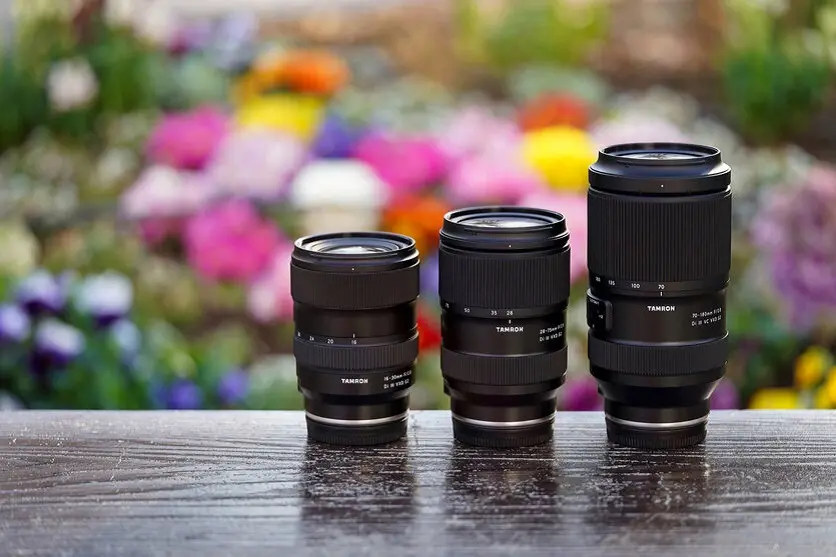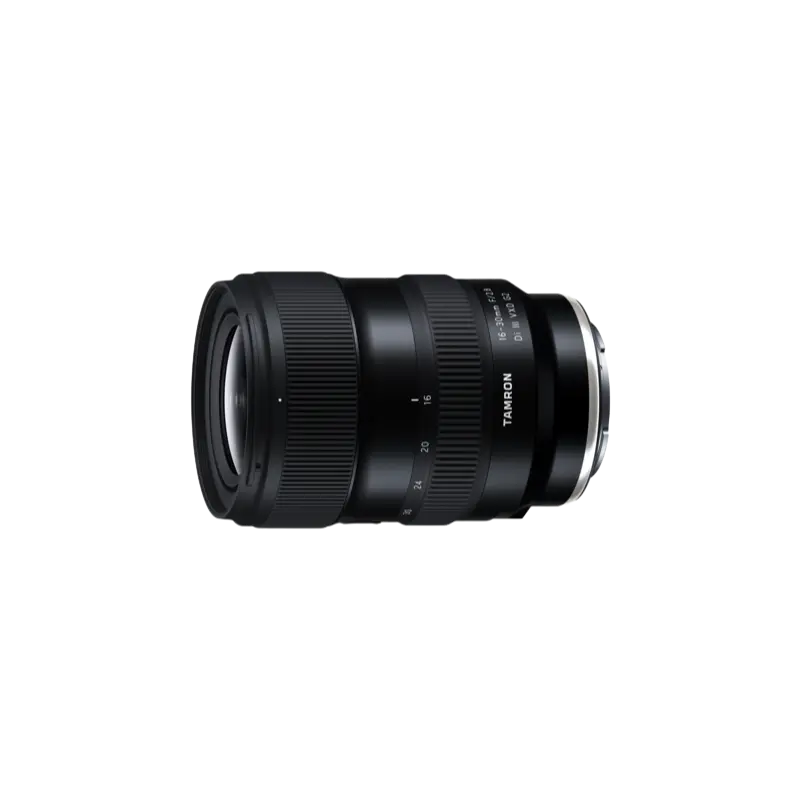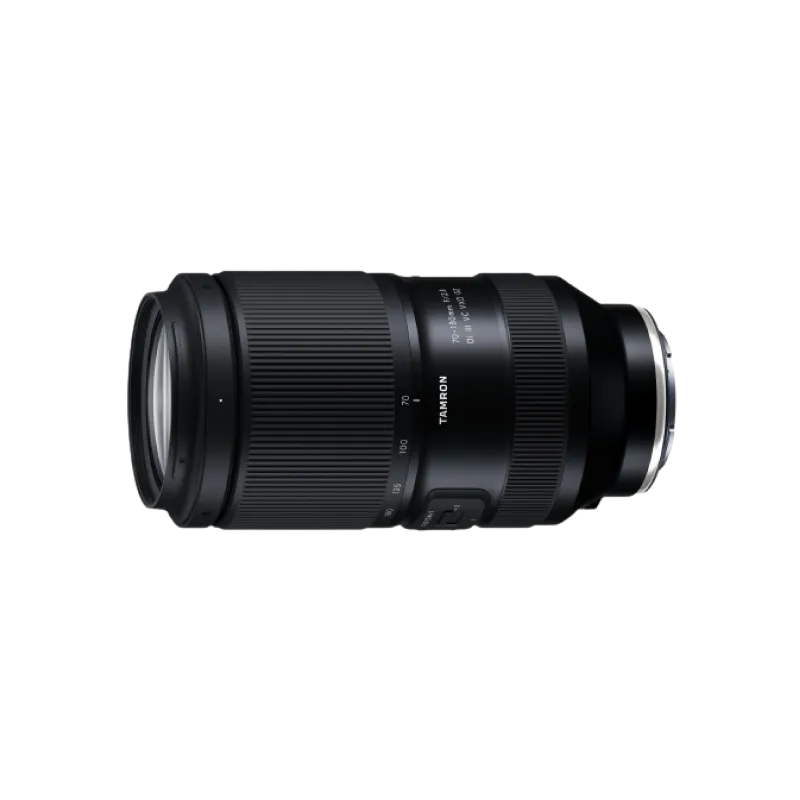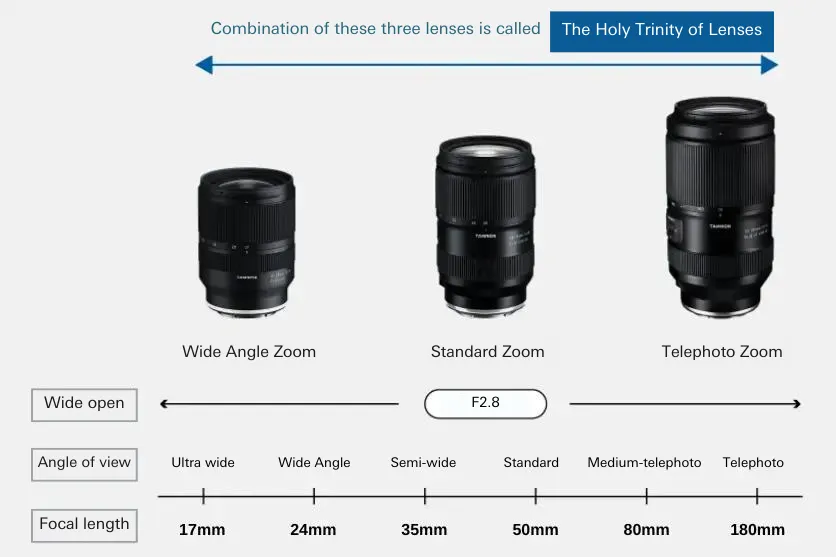August 30, 2024
What are trinity lenses? Introducing the appeal of lenses that make up the holy trinity of lenses, and how they relate to scenes you want to capture
What are trinity lenses? Introducing the appeal of lenses that make up the holy trinity of lenses, and how they relate to scenes you want to capture


Many people have heard the terms "holy trinity of lenses" or "the lens trinity" used to describe the lenses used with SLR and mirrorless interchangeable lens cameras, but are unsure of exactly what lenses it refers to and what details are important. This article goes over the appeal and characteristics of these "trinity" lenses and recommended usage situations, and is designed for those who want to know the basics of the lens trinity in more detail, as well as those considering future lens purchases.
“Trinity of lenses” is a common name for zoom lenses with a constant maximum aperture of F2.8 that is favored by many photographers. Specifically, the set of three types of lenses, a wide-angle zoom lens, standard zoom lens and telephoto zoom lens are referred to as the "holy trinity of lenses." The expression has taken root as a common term to describe "the three zoom lenses with unbeatable image quality." Since a photographer can handle focal lengths from wide angles through to the telephoto range and maintain a constant maximum aperture throughout the entire zoom range by using these three types of lenses as a set, it enables them to consistently take photos with high image quality in various shooting scenarios and conditions.
Aside from "the holy trinity lenses," there is also a category of lenses referred to as "F4 trinity lenses". Generally speaking, this refers to zoom lenses with a maximum constant aperture of F4, and as with the holy trinity, it is a set of three lenses comprising a wide-angle zoom lens, standard zoom lens and telephoto zoom lens.
As you can see, these lenses have larger F-number value (smaller maximum apertures) than the trinity lenses with their F2.8 aperture. While these lenses take in less light than those in the holy trinity, they offer benefits in terms of their lighter weight and more compact size.
The F-number on a camera is related to the brightness (exposure) and bokeh in the photos it produces. As a small F-number value means a larger amount of light is gathered, photos with high image quality can be taken at faster shutter speeds and lower ISO settings.
Maximum aperture here refers to the F-number when the lens is at its maximum aperture. While F-number figures can be increased by stopping down the aperture of a lens, it doesn't work in reverse; the F-number figure cannot be reduced beyond this maximum aperture value. If the maximum aperture is large (a small F-number value), it is easier for a lens to get sufficient exposure in low-light conditions when it is necessary to increase the shutter speed, such as in dark places or photographing moving subjects indoors. This is why lenses that have a small F-number value at maximum aperture are referred to as "bright" lenses.
At the same time, if the F-number value is small, the lens will have a shallow depth of field (the depth of the focus range across which items looks in focus), leading to a larger amount of bokeh. Photos that utilize a dynamic sense of bokeh can be regarded as one of the appeals of a lens that has a small F-number.
As the lenses that make up the holy trinity are large aperture lenses with constant F2.8 maximum aperture covering the wide-angle to telephoto range, they make it easier to photographers to take the photos they envisage even under shooting conditions where there is not much light.
Generally speaking, trinity lenses incorporate top-grade glass elements and lens coatings based on a highly technical optical design. As many of these lenses boast exceptional rendering performance in terms of resolving power, contrast, color rendition/ gradation, and allow you take photos with high image quality, they are loved by professionals and advanced amateurs alike. Trinity lenses can sufficiently meet the needs of a photographer when they want to produce bokeh similar to that of a prime lens but using a zoom, or when engaged in commercial photography.
Learn more about TAMRON Lens Technologies →
Usually you need to adjust the exposure settings each time you swap lenses, because the F-numbers of each lens differ. In that respect, since the lenses that make up the holy trinity have the same maximum aperture of F2.8, even if you swap lenses it is easier to keep the same degree of bokeh and exposure. That is why they allow for smooth shooting even when lens changes are required to shoot at various angles of view, such as when shooting sports, wedding ceremonies and events.
As we have shown, the holy trinity of lenses are appealing because they offer excellent rendering performance and beautiful bokeh, and allow you to take bright photos even at fast shutter speeds. In this next section we will introduce various shooting scenarios where you can utilize the characteristics of these trinity lenses.
With high optical performance, you can accurately depict everything in a scene, from the entire landscape down to the fine details. As the lens can gather a large amount of light even under low-light conditions, you can capture the desired images even on cloudy days or dark scenes from evening to night. Additionally, suppression of ghosting and flaring lets you clearly capture your subject even when shooting in backlit or sunset conditions.
There is often insufficient light when shooting indoors, requiring you to reduce the shutter speed or increase ISO. There are various benefits to using a trinity lens in these situations. Since it is easier to secure enough light even under those poor conditions, you can set as fast a shutter speed as possible to reduce camera shake, and avoid setting too high an ISO to minimize noise, for example.
Similarly when shooting fast-moving subjects such as pets and small children, you often need to set a high shutter speed, and encounter various shooting scenes such as backlit or shady conditions. Trinity lenses with small F-number values also work in these situations, making it easier to take brighter photos with high image quality.
As mentioned previously, trinity lenses also shine in shooting situations that demand high image quality from moment to moment across varying angles of view, such as wedding ceremonies, live concerts and other events.
In sports photography, zoomed-in closeups of the players, and wider shots that incorporate the background to give the feeling of being there are needed. If a photographer shoots using trinity lenses, they can also adapt flexibly under those conditions. In addition to shooting outdoors, a photographer may need to shoot indoors where there is limited light, such as inside a gymnasium. As a trinity lens allows you to set faster shutter speeds and lower ISO, moments can be captured in sharper detail.
Many of those thinking about purchasing a trinity lens want to focus on taking photos with higher image quality. Generally speaking, many trinity lenses feature excellent resolving power and contrast, but differences emerge in other areas, such as color reproduction, sense of depth, and the texture of the bokeh.
While the performance of a lens can be confirmed by checking something like an MTF chart, we recommend checking sample images and reviews on manufacturer websites, in order to make sure that you will be able to take the images you envisage using the lens.
See Reviews / Articles of TAMRON lenses →
Trinity lenses are used in a variety of shooting situations including landscape photography, wedding ceremonies, parties, sporting events and travel. Depending on the specific shooting scenario, you may be required to carry this equipment for extended periods. That's why it is important to check the weight of a lens to ensure that you can carry it for extended periods without tiring.
Due to their high-performance construction, trinity lenses tend to be large and heavy, but TAMRON lenses are known for combining high performance with light weight and compact sizes. To ensure you can capture those decisive moments smoothly, we recommend checking ease of handling and choose a type of lens that is easy to carry around.
MOD is the shortage distance from a subject to the image sensor inside the camera at which a subject can be brought into focus. A shorter MOD means that you can get in closer to a subject, which allows you to take impactful photos similar to a macro lens. By combining those compositions with the large bokeh that trinity lenses are known for, you can take your expressiveness to another level.
AF performance and VC mechanisms are also important factors to check. Many trinity lenses are designed to be used under harsh conditions such as low light. If the autofocus locks on subjects without hassle and instantly tracks moving objects, you can maximize the strengths of a trinity lens.
Similarly when shooting with indirect light indoors, photographing items in a studio or shooting with a telephoto lens, having a VC mechanism will help you take stable shots even when shooting handheld.
The holy trinity of lenses refers to a set of three zoom lenses: a wide-angle zoom, standard zoom and telephoto zoom, each with a constant maximum aperture of F2.8. A feature of these lenses is that you can use them across a wide range of view angles while ensuring the amount of light afforded by the F2.8 aperture, enabling you to obtain high image quality and beautiful bokeh. If you want to enjoy photography in earnest, we encourage you to pick up one of these lenses.

Lens Featured in this Impression
-

-
16-30mm F/2.8 Di III VXD G2 a064(Model )
Expanding upon the success of the highly acclaimed TAMRON 17-28mm F/2.8 Di III RXD (Model A046), the G2, 2nd-generation emerges as an advanced 16-30mm F/2.8 Di III VXD G2 (Model A064). While broadening the zoom range, it maintains a compact, lightweight design and delivers exceptional image quality. In addition, it features improved autofocus performance and has been updated to the latest lens design, enhancing overall operability. It’s also compatible with TAMRON Lens Utility™, allowing you to customize practical functions for both photography and videography. Retaining the mobility and versatility of its predecessor, the 16-30mm F2.8 G2 unlocks new creative possibilities. Experience the unique creative expressions that only a fast, ultra wide-angle lens can offer.
-

-
28-75mm F/2.8 Di III VXD G2 a063(Model )
Product Page | 28-75mm F/2.8 Di III VXD G2 (Model A063) is the second-generation fast-aperture standard zoom lens for Sony and Nikon full-frame mirrorless cameras, offering significantly improved optical and autofocus performance and new function customization.
-

-
70-180mm F/2.8 Di III VC VXD G2 a065(Model )
70-180mm F/2.8 Di III VC VXD G2 (Model A065) has evolved to G2 level.This is the world’s smallest and lightest, fast-aperture telephoto zoom lens for Sony E-mount and Nikon Z mount with astounding portability and superb image quality.










